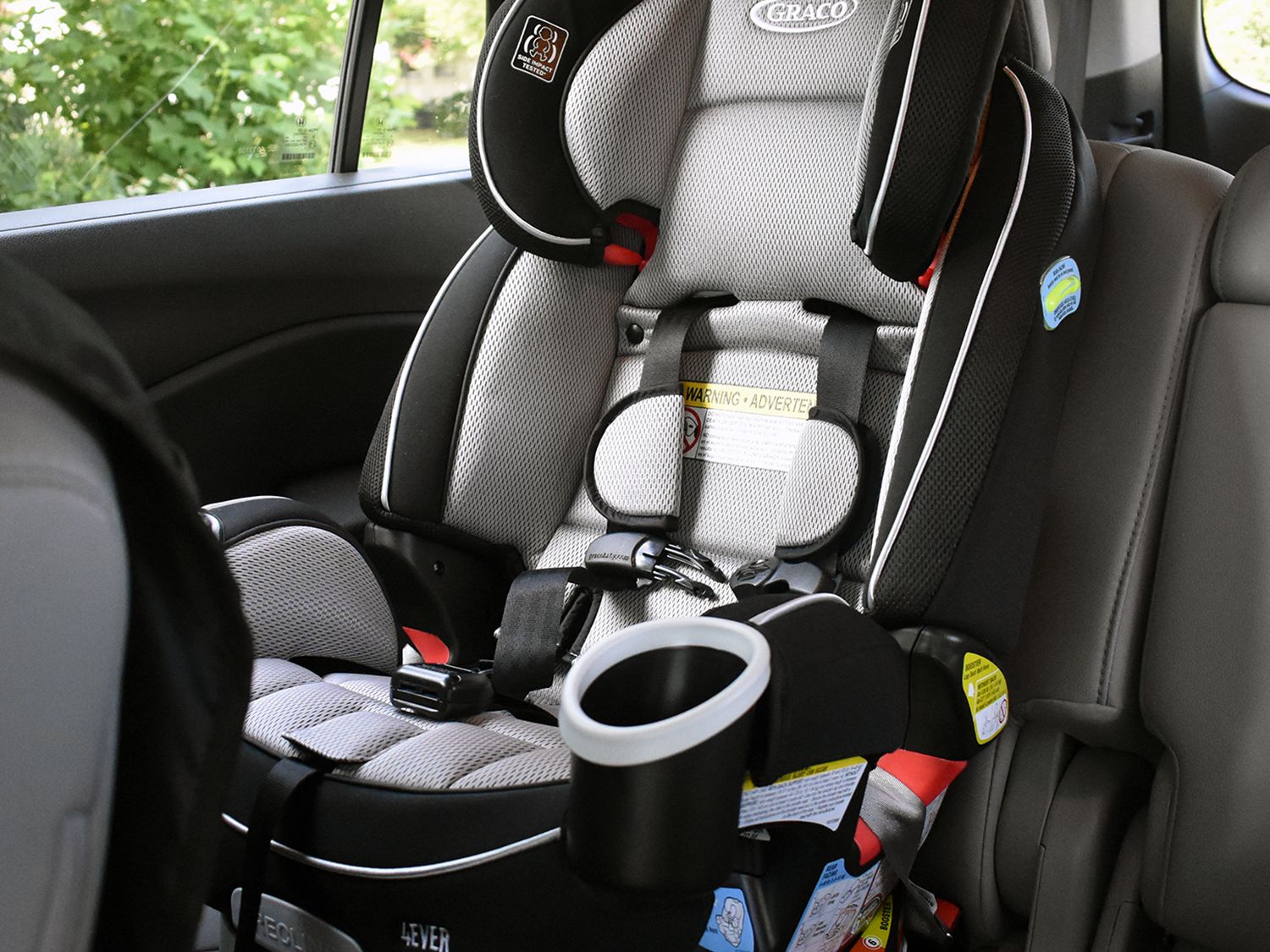As you consider the history of automobile seats and consider the dates when advancements took place from introduction to acceptance, and between the regulation and the legal requirement for usage, It’s possible to be wondering if it’s because those who criticized the process that it took such a long time.
There always seem to be criticisms, especially when new technologies are initially made. Did they ask about the price and need for the seats? Did they believe that the car is safe, so why should I have the extra security of my baby? Later on in the history of child Sillas coche, did they — like many of us do– consider, «well, I survived, my child, will too»?
WHAT IS THE HISTORY OF CAR SEATS?
The designers designed early car seats solely to raise the child to allow him to see out the window and keep the child within the car.
The first «child seats» started as burlap bags with the drawstring hanging over the headrests of the passenger seat.For more information, click to how tall is Ranboo that would be the right place for you.
In 1933, the Bunny Bear Company produced a seat that was essentially the equivalent of a booster seat, and it was designed to prop backseat passengers up to allow parents to monitor them. In the 40s, companies offered canvas seats mounted on an aluminum frame that could be attached to the front seat so that the child could see better through the windshield, similar to the one above.
The lack of security isn’t a surprise. Safety for occupants was not at its best at the beginning of automobiles. In 1959, it wasn’t until a seat belt with 3 points (lap-shoulder belt) was made accessible in cars.For more, click to trino marin that would be the right place for you.
Jean Helen Ames was a British journalist and mother. Her name is often credited with being the first to advocate child safety seats. As per her son Richard Ames, she wanted to make him as secure as possible in her car. According to her, she first developed a seat that was the child facing rearwards and a Y-belt for restraint of children in the event of a collision. (I’ve found it difficult to find any further information or images of the seat.) She was the first to file patents with London in 1965 for the safety harness with five straps like the ones we have today that were made out of «British Nylon to restrain without harm» and a «tamper-proof, parachute-style center pin with quick release» buckle. In 1965, the Jeenay automobile seat was named after Jean Ames was equipped with these two options.
Leonard Rivkin, a Denver businessman who was a former civil engineer, created an iron frame that utilized a groundbreaking (at the time) five-point harness. The idea came about after his family’s vehicle was hit by a car from behind, and his son flew off the back seat and landed on his wife’s feet.For more information, click to how old is ranboo that would be the right place for you.
In 1964 the year 1964, the Swedish professor Bertil Oldman discovered the safety benefits that rear-facing seats provide following watching an American TV show that highlighted the positions of astronauts inside the Gemini space capsule. Gemini spacecraft. He developed the first car seat with a rearview. Based on research conducted by Oldman and researcher Thomas Turbell’s urging, Sweden set the «T-standard» that was so rigid that it was nearly impossible to get a forward-facing car seat to be certified. This was the beginning of the custom for Swedish children being in rear-facing car seats up to age 4, which is still in effect today.




